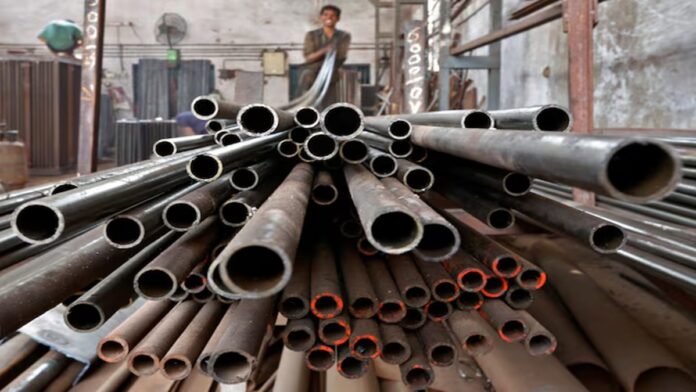At the core of the heightened demand for a higher tariff wall, in the form of safeguard duty, on steel imports is the relative uncompetitiveness of the domestic primary steel makers. The world steel supplies remain robust, making imported cost of the alloy cheaper, even as domestic producers complain of low profitability.
At the end of November, domestic HRC (hot rolled coil) prices were trading at a significant premium of $12-16/MT compared to the landed costs of imports from China and
Japan. According to analysts, import pressures are unlikely to alleviate in the coming months unless there is a meaningful recovery in international steel prices, which at this juncture looks improbable.
The government has a difficult decision to make. On the one hand, it can’t leave the primary steel players to face import competition, when all of them have lined up capacity addition plans. On the other, higher steel prices will exert inflationary pressures, causing price rises across the downstream steel units, and various user industries.
The current fiscal year may see a four-year low capacity utilisation level of 78% in domestic steel industry. This is even as large steel companies are already on a major capacity expansion drive, pinning hopes on the strong infrastructure investments in the Indian economy, and a buoyant construction sector. Medium-term forecasts of steel demand in India are quite bullish.
Going by the latest data from the steel ministry, India’s steel imports rose by over 41% to 4.7 million tonnes (MT) in the first six months of the current fiscal compared with 3.33 MT in the same period last fiscal. On the other hand, exports in the comparable period dropped 36% to 2.31 MT from 3.6 MT a year ago. After many years, India became a net importer of steel in FY24. The trend continued in the first six months and is expected to continue for the entire fiscal as well, making India a net importer for two consecutive years.
Apart from direct exports, China uses third-party routes through ASEAN nations to dump products in India. China, which produces more steel than the rest of the world combined, contributes around 30% of steel imports to India. A property crisis has battered the domestic demand, leading to a huge outflow of steel from the country.
» Read More


